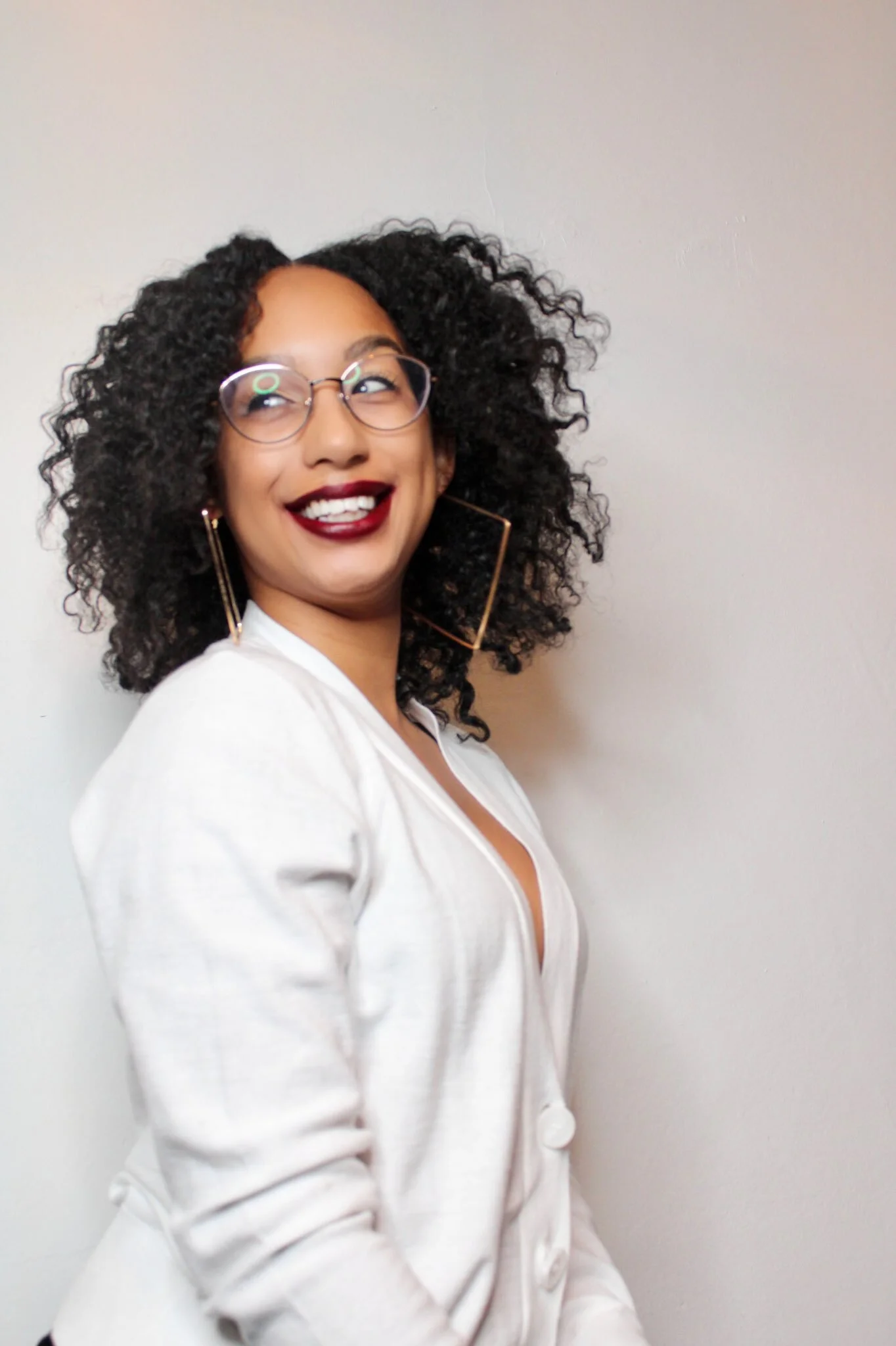Capstone
BACKGROUND
As the demand for social justice and equality in America grows so does the need for accurate, community engaged journalism. Yet, at the same time, voices and concerns from communities of color continue to be stifled in reporting. The lack of representation contributes to the deep-seated mistrust in the industry further crippling communities by failing to empower democracy.
MISSION
The goal of this project is to make significant effort toward resolving trust issues between local minority communities and mainstream news media outlets. To achieve this mission, I hope to create a space for open discussion for both groups to identify pain-points in news coverage of people of color and areas of improvement moving forward. In the end, I plan to create a list of recommendations aimed at strengthening relationships between the two groups.
The issue of mistrust between Rochester communities and news organizations is part of a much larger trend happening around the globe. I am not naïve to believe it could be resolved in a matter of months. Instead, I believe there is no better time than now to begin this foundational work because of the rapidly expanding Black Lives Matter movement in the Flower City.
CAPSTONE PARTICIPANTS
To learn more about how local journalists approach telling these stories, I enlisted the support of the Democrat and Chronicle. Editor in Chief Michael Kilian and Community Engagement Editor Sheila Rayam provided insight on the publication’s approaches to combatting mistrust and engaging with underserved communities.
Dr. Katrina Overby and Tianna Mañón were also supportive as mentors.
Between February and March, the activists and journalists (previewed above) were interviewed about their perspective of local news coverage on Black Lives Matter-related stories, media bias, social media practices and trust.
KEY PROBLEMS IDENTIFIED
Less than a quarter of American newsroom employees aren’t white, according to a 2018 Pew Research Center survey.
An increase of transparency about story selection, reporter control over the story and target audience might improve trust.
A journalist’s role is to provide communities with the information they need to make the best possible decisions about their lives.
Although while engagement pays the bills, increasing societal fear can have serious consequences which all newsrooms should weigh before reporting.
Context allows audiences to digest facts and gain a deeper understanding.
Media coverage shapes public opinion. The way in which narratives are framed can perpetuate hate and/or distract from key moments. This issue has previously been addressed by Poynter.
KEY QUOTES FROM INFORMATIONAL INTERVIEWS
“News teams are targeting middle to upper-class community members and that mainly seems more white. There’s this very clear way in which they [journalists] perpetuate fear of lower-class communities and in Rochester that’s typically black communities. Sometimes it can feel like ‘Don’t go on this street, stay on Park Ave.’ It paints this picture of what is thriving and what is not thriving and what is safe versus what is not safe.”
“I think that the one really abusive thing that media does is put money behind posts. I’ll often get Facebook ads from News 10 and they usually choose the most toxic, race-baity clickbait, messed up story to use people to click to their site. It’s not the good journalism story. It’s something that’s designed to stir controversy. As long as things are driven by clicks and views for advertising, it incentivizes them [newsrooms] to tell stories in a way that’s insincere and provokes rather than enrich.”
“I think sometimes we get in that space where we just want our story to be told but then we get hurt when we realize our story isn’t going to get told in the way it should get told. The sad part is we mentally have to prepare ourselves for the disappointment.”
“Organizers are so afraid that we’re going to take that [random people fighting at a rally] and those side things and hype them up and make that the story. I think that’s one of the issues they may have with the media. In a sense, you have to trust who you’re covering. It’s hard because I know some people don’t.”
COMPARATIVE PORTFOLIO
This document demonstrates how poor comment moderation on social media, fear-based reporting, lack of context
and proximity to power further contribute to community mistrust in media.
Newsroom Toolkit
This toolkit includes recommendations and resources for newsrooms dedicated
to repairing relationships with communities of color.














